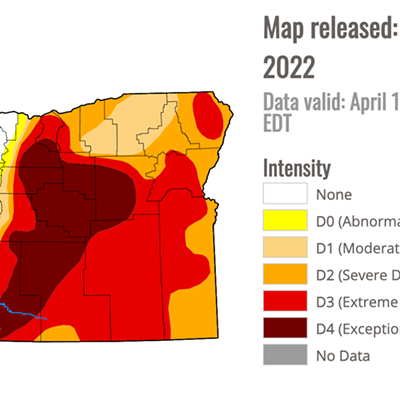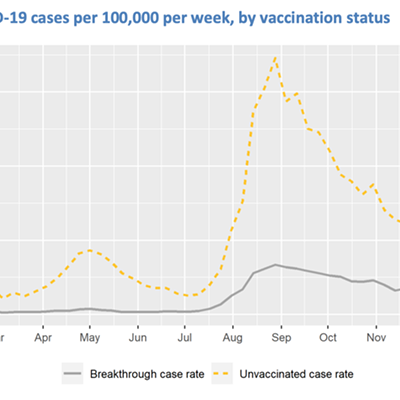[
{
"name": "Air - Ad - Rectangle - 2 pack - Inline Content - 1",
"insertPoint": "1/2",
"component": "16844684",
"requiredCountToDisplay": "6"
}
,{
"name": "Air - Ad - Rectangle - 2 pack - Inline Content - 2",
"insertPoint": "1/4",
"component": "16844686",
"requiredCountToDisplay": "20"
},{
"name": "Air - Ad - Rectangle - 2 pack - Inline Content - 3",
"insertPoint": "3/4",
"component": "16844687",
"requiredCountToDisplay": "17"
}
]
Cosmic events are kicking off 2018. The first full moon showed brightly on the night of January 1, but the best is yet to come.
On January 31, the moon will go through three rare events: a blue Moon, a blood Moon and a lunar eclipse. What’s more, a supermoon will start off the chain of rarities the night of January 30.
A supermoon happens when either a full or new moon reaches Earth at its closest elliptical orbit. The Moon on January 30 will appear slightly larger in size, however it will not be completely full so it’s not a true supermoon. It’ll be 13.2 percent larger and 28.2 percent brighter, according to NASA.
To continue the events on January 31, a blue moon, blood moon and a lunar eclipse will occur. A blue moon is a rare, but not as rare as the saying, “once in a blue moon” implies. They happen about every 2.7 years, and it is the occurrence in which two full moons happen in the same month. A lunar cycle (new moon to new moon) takes 29.53 days, as opposed to the average 30 to 31 days in a calendar month. This year another blue moon will take place in March.
A blood moon will happen on the same night. During a total lunar eclipse, the moon turns a deep blood red however, this is not a blood moon. A blood moon means it’s the fourth total eclipse to happen in a row. The reason the moon turns red during an eclipse has to do with the Earth’s atmosphere. As the Earth moves between the sun and the moon, it casts a shadow, also called an umbra. The shadow created by the Earth’s atmosphere, which extends 50 miles above the surface, is known as the penumbra. As the sunlight passes through the atmosphere, the green to violet portion of light’s spectrum are filtered out, leaving only the red light. This light is then reflected back toward Earth, creating a red hue to appear on the Moon, according to earthsky.org.
The grand finale of events is a lunar eclipse. Unlike solar eclipses, which take place in a specific place, lunar eclipses are visible anywhere it is night time. The entire eclipse will only be visible in some places. Unfortunately, Oregon is not one of the places. However, Oregon and the rest of the west coast will have a view at the end of totality. The eclipse will begin at 2:51 am, slide into a partial eclipse at 3:48 am, and between 4:51 am and 6:07 am, totality will progress. The moon will emerge completely from the umbra (Earth’s shadow) at 7:11 am.
To get the best view of this cosmic event, get up early and head somewhere with a clear view. Areas like the Columbia River, Powell Butte, or Millican are great options. This is the one and only total eclipse this year, so don’t miss it! The next eclipse will happen January 21, 2019.
On January 31, the moon will go through three rare events: a blue Moon, a blood Moon and a lunar eclipse. What’s more, a supermoon will start off the chain of rarities the night of January 30.
A supermoon happens when either a full or new moon reaches Earth at its closest elliptical orbit. The Moon on January 30 will appear slightly larger in size, however it will not be completely full so it’s not a true supermoon. It’ll be 13.2 percent larger and 28.2 percent brighter, according to NASA.
To continue the events on January 31, a blue moon, blood moon and a lunar eclipse will occur. A blue moon is a rare, but not as rare as the saying, “once in a blue moon” implies. They happen about every 2.7 years, and it is the occurrence in which two full moons happen in the same month. A lunar cycle (new moon to new moon) takes 29.53 days, as opposed to the average 30 to 31 days in a calendar month. This year another blue moon will take place in March.
A blood moon will happen on the same night. During a total lunar eclipse, the moon turns a deep blood red however, this is not a blood moon. A blood moon means it’s the fourth total eclipse to happen in a row. The reason the moon turns red during an eclipse has to do with the Earth’s atmosphere. As the Earth moves between the sun and the moon, it casts a shadow, also called an umbra. The shadow created by the Earth’s atmosphere, which extends 50 miles above the surface, is known as the penumbra. As the sunlight passes through the atmosphere, the green to violet portion of light’s spectrum are filtered out, leaving only the red light. This light is then reflected back toward Earth, creating a red hue to appear on the Moon, according to earthsky.org.
The grand finale of events is a lunar eclipse. Unlike solar eclipses, which take place in a specific place, lunar eclipses are visible anywhere it is night time. The entire eclipse will only be visible in some places. Unfortunately, Oregon is not one of the places. However, Oregon and the rest of the west coast will have a view at the end of totality. The eclipse will begin at 2:51 am, slide into a partial eclipse at 3:48 am, and between 4:51 am and 6:07 am, totality will progress. The moon will emerge completely from the umbra (Earth’s shadow) at 7:11 am.
To get the best view of this cosmic event, get up early and head somewhere with a clear view. Areas like the Columbia River, Powell Butte, or Millican are great options. This is the one and only total eclipse this year, so don’t miss it! The next eclipse will happen January 21, 2019.

























